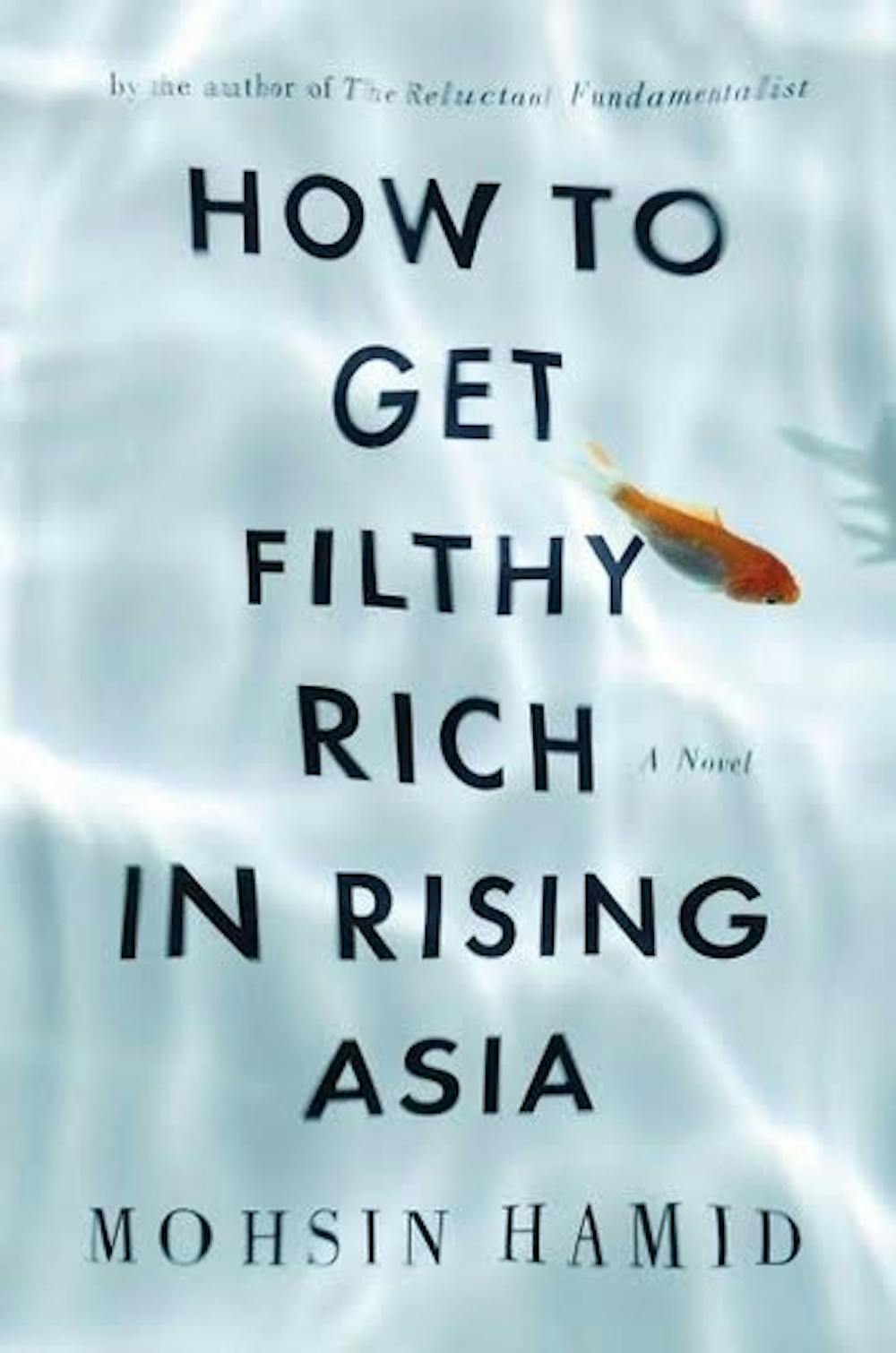You are a young boy in rising Asia. You come from a small, rural village, but your life changes when your family moves into the city, giving you the opportunity to get a better education. Your whole life is filled with these small choices, and the many decisions that you make that turn you into a rich businessman. Well, the hypothetical “you,” anyway.
“How to Get Filthy Rich in Rising Asia” by Mohsin Hamid is one of a small number of novels written in the second person. So, instead of hearing the main character speak from a first person perspective, I went to the market with my friend, or third person She went to the market with her friend, everything is told from your point of view, You went to the market with your friend. This second person narrative was specifically chosen because while “How to Get Filthy Rich in Rising Asia” is very much a novel, it is written in the style of a self-help book. Each chapter is written in the form of a step, another rung on the ladder to reaching your ultimate goal of filthy rich in rising Asia. The first chapter’s step is “Move to the City.” With each progressive chapter, you grow older, and accomplish more, and thus move on to the next step/stage in your life. I know that it all sounds incredibly pretentious and difficult, but it’s hilarious and such a beautiful story, and while it’s not an easy read, it’s a satisfying one.
The novel is set in an unnamed country in, you guessed it, rising Asia. In fact, everything in the book, from company names, to characters’ names, to cities and countries, are all unnamed. The woman you are in love with is simply the “pretty girl,” and you never mention the specific country that you live in. All this ambiguity and room for interpretation doesn’t make the story bland, but rather allows us to imagine the time and place however we’d like. Each character is painted in beautiful detail, and is complex and specific. The “pretty girl” is “smoky…as though she has been drawn with charcoal.” This kind of prose is woven throughout, and is a necessary touch, because if the text had been formulaic and bland, the premise and structure would have been too ridiculous and too difficult to sort through. The story is wonderful, but it was the language that really made me fall in love with this novel. At times it was like reading poetry, especially the last few pages.
There are very few stories that I read that really stick with me, and this is one of them. I’ve been begging everyone I know to read this book so that I’ll have someone to talk about it with, because it has the kind of ending that begs to be discussed.
This is not a novel that’s going to make you feel better – it’s definitely melancholy. But it’s worth it. It’s funny and heartbreaking, but it’s a soft kind of heartbreak that’s almost reassuring in its familiarity, and I wish I could read it for the first time again.



